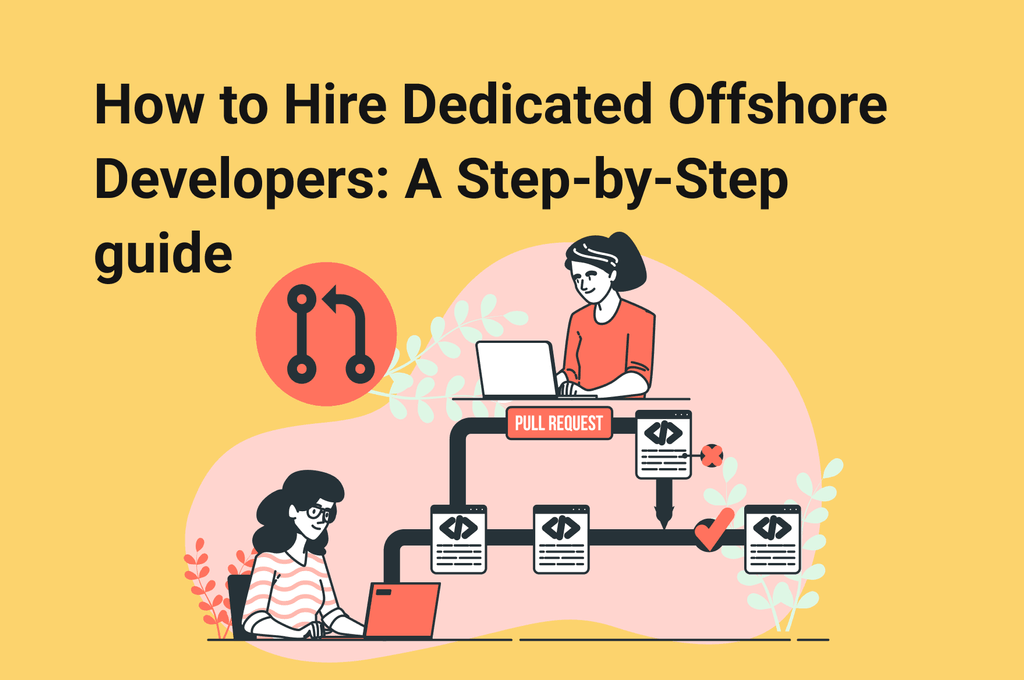
Don’t know where to start?
We will advise you on the best way to realize your idea, leveraging our expertise
FAQ
What is an MVP for startups, and why is it essential?
An MVP (Minimum Viable Product) is a product with a minimum set of features required to satisfy early customers and learn from their feedback. It is a crucial tool for startups as it allows them to test their product with the target audience before investing a lot of time and money into full development. This approach helps to mitigate the risks associated with startups, such as choosing the wrong target audience or launching a solution "at the wrong time." Through the MVP development process, startups can understand what works and what does not work for their target audience, refine their product, and increase their chances of success.
What are the pros and cons of launching multiple MVP versions for a startup?
The main advantage of launching multiple MVP versions is that it increases the chances of success since it allows startups to test various versions of their product and gain insights into which target groups perceive it most positively. Simultaneous testing of unique features for each MVP version also saves time, which is critical for startups that need to launch as soon as possible. However, developing multiple MVP versions is much more expensive than developing a single version, and startups must have the necessary funds to conduct such live testing. Hiring several development teams can also be a daunting task.
What are the benefits and drawbacks of launching only one MVP version for a startup?
Launching only one MVP version is a great way to test the product live with the target audience without spending too much money on development. It also allows startups to stay focused on their core business tasks and work with only one development team. However, startups face higher risks of failure since they only have one attempt to "hit the bull's-eye," and they must choose the features and design of the MVP carefully to please several groups of the target audience simultaneously.
Table of contents:
Want to estimate your app idea?




